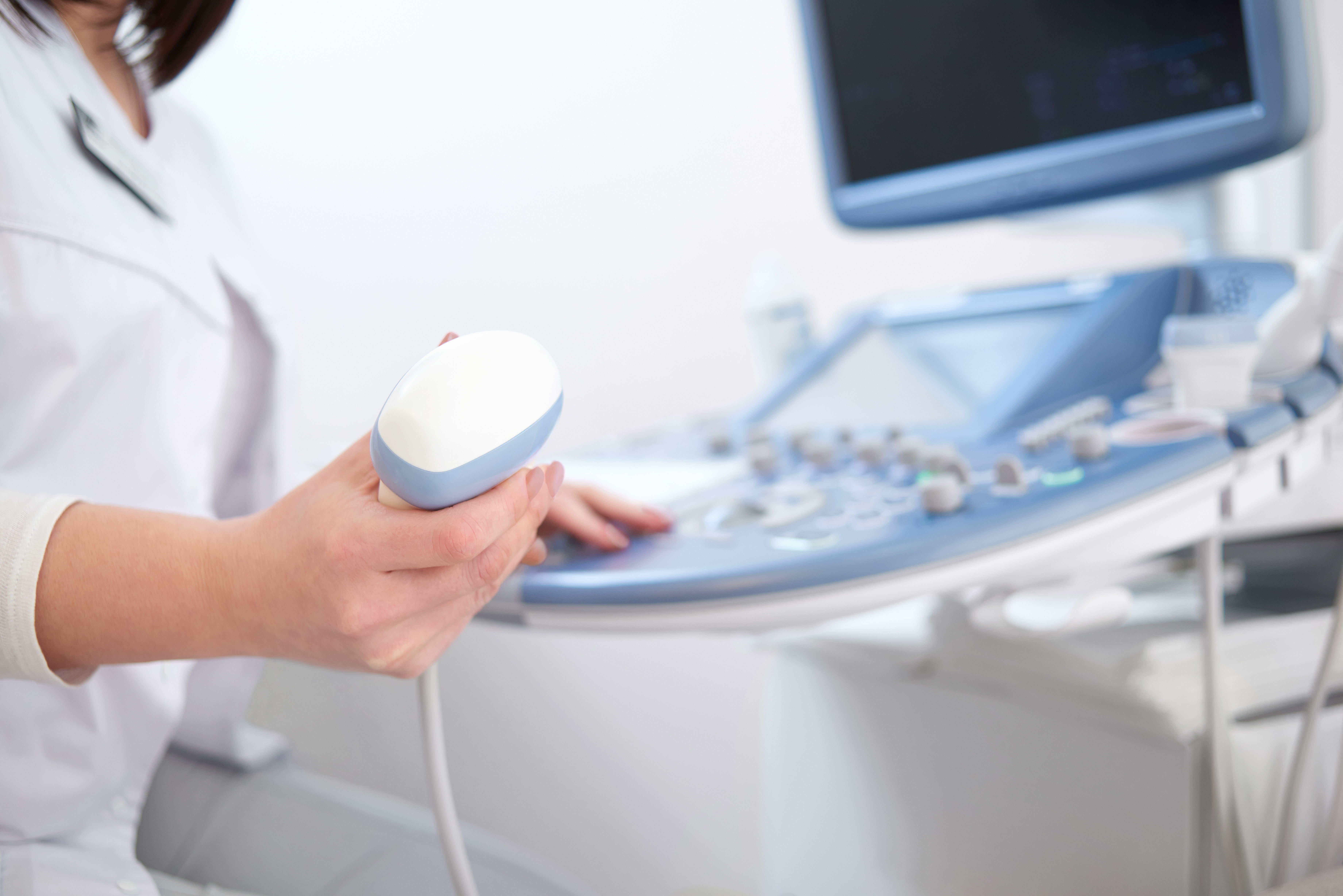Here Are The 5 Most Common Cancers In Malaysian Women & How You Can Detect Them Early
Regular check-ups are important!
Nobody likes to talk about cancer or falling sick.
However, empowering yourself with knowledge can help you find issues early and prevent worse outcomes.
It was a sobering moment for Malaysians when multitalented singer and actress Adibah Noor passed away too soon at the age of 51 in June this year, succumbing to ovarian cancer that she found out too advanced and too late at stage four.
In this article, we are going to list the common cancers in women, how to detect them early, as well as the risk factors and lifestyle choices that may lead to developing cancer.
1. Breast cancer
According to the Malaysian National Cancer Registry Report, breast cancer is the most common cancer among Malaysian women, with its incidence being three times higher than the next most common cancer.
It is reported that about one in 19 women in the country are at risk of developing breast cancer some time in their lives. Chinese women are at greatest risk, followed by Indian and Malay.
It is also found that a high number of breast cancer cases (40%) identified in Malaysia were already in advanced stages of the disease.
But, as with most cancers, the earlier breast cancer is detected and diagnosed, the better the chances are of successful treatment.
The Ministry of Health (MOH) recommends the following screening routines, depending on a woman's risk of breast cancer:
– Women ages 50 to 74 should start two-yearly breast cancer screening with a mammogram (X-ray of the breast).
– Women at high risk for breast cancer – due to family history, never having children, on long-term hormone replacement therapy, or other lifestyle risk factors – should consider screening mammography earlier at 30 to 39 years of age, then annually from 40 onwards.
– Women with known genetic mutation of BRCA1 and BRCA2 genes may consider annual magnetic resonance imaging (MRI) scans from 30 years of age and annual mammography from 40 onwards.
In addition, women of all ages should be conducting breast self-examinations to be aware and to detect any changes in how their breasts look and feel.
2. Colorectal cancer
Colorectal cancer, also known as bowel cancer or colon cancer, is cancer that starts in the large intestine or rectum. They usually begin as a small growth called a polyp.
Colorectal cancer is the second most common cancer among women in Malaysia, and also the most common cancer among men in the country.
The incidence is high among Chinese, compared to Malay and Indian, and increases with age, peaking at age 70.
Although colorectal cancer can be detected early by screening, more than 70% of colorectal cancer patients in Malaysia were diagnosed late at stage three or four at the time of diagnosis.
MOH recommends the following screening routine for colorectal cancer:– Individuals of no known risk should take a yearly faecal occult blood test (FOBT) from 50 to 75 years old, before a colonoscopy is considered.
– Individuals with known risk factors – including positive family history, having underlying inflammatory bowel disease or inherited conditions such as familial adenomatous polyposis (FAP) – should consult their doctor for earlier detection.
Other risk factors for colorectal cancer include lack of physical activity, obesity, smoking, alcohol, and high intake of fats, sugar, and red and processed meat.
3. Cervical cancer
Cervical cancer is a cancer that originates from the cervix – the lower part of the uterus that connects to the vagina.
The incidence is highest among Indians, followed by Chinese and Malays, and increases after 30 years of age, peaking at the age of 65.
The main risk factor of cervical cancer is a sexually transmitted infection by the human papillomavirus (HPV). In fact, according to the World Health Organization, virtually all cervical cancer cases (99%) are caused by a HPV infection.
Therefore, practicising safe sex, taking the HPV vaccine and going for regular screening can prevent and help find changes in the cervix that can be treated before they become cancer.
Since 2010, MOH has been giving free HPV vaccinations to all 13-year-old girls in government and private schools. They also recommend women until the age of 26 to get the vaccine if they were not vaccinated when younger.
The ministry also recommends all women between the ages of 20 and 65 years who are, or have been, sexually active to get a Pap smear at least once every three years.
4. Ovarian cancer
Ovarian cancer is a type of cancer that begins in the ovaries.
Ovarian cancer is common in women above 40 years and peaks among 55 to 60 year olds, but it can also occur in women of less than 20 years old.
It is the fourth most common cancer among Malaysian women and is difficult to be detected early (as compared to the three previous cancers) as the organs lie deep within the pelvis and have no specific symptoms.
Unfortunately, there is also no single effective method of screening for the general public or women with no known risk of the disease.
The best prevention is to understand the risk factors associated with ovarian cancer and seek a specialist for personal advice, including:
– A family history of cancer
– Have never had children
– Had their first child after the age of 35
– Have been on long-term oestrogen-only hormone replacement therapy
Also, seek a medical professional if you notice changes to your body. Early signs of ovarian cancer can often be mistaken as common indigestion, and may present as:
– Abdominal swelling with weight loss
– Digestive problems (including loss of appetite and bloating)
– Abdominal or pelvic pain
– Feeling like you need to urinate all the time
5. Lung cancer
Lung cancer is the fifth most common cancer among women in Malaysia, and the second most common among men. It is the leading cause of cancer death in Malaysia.
Most lung cancers (90%) are caused by smoking, whether it is active or passive secondhand smoke.
In the US, the American Cancer Society recommends an annual low-dose CT scan for current or former smokers ages 55 to 74.
However, in Malaysia, there is no screening guideline by the MOH for lung cancer as there are no cost-effective methods to detect it in the general population.
Thus, the most effective method to prevent lung cancer is to reduce exposure to tobacco smoke and advise smokers to quit smoking.
According to MOH, when a smoker quits smoking, their risk of lung cancer is reduced. The risk of a smoker getting lung cancer becomes the same as non-smokers if they manage to quit for longer than 15 years.What else you can do to help reduce your general cancer risk
According to National Cancer Society Malaysia, there are modifiable risk factors – also known as lifestyle factors – that Malaysians can change to reduce their general risk of cancer.
This is what you can also do to reduce your risk of cancer:
– Exercise regularly and maintain a healthy weight.
– Follow a healthy eating pattern that includes plenty of fruits and vegetables, and limit red or processed meats, and other highly processed foods.
– Reduce your consumption of alcohol.
– Stay away from tobacco.
– Protect your skin with sunscreen (skin cancer is another common type of cancer).
– Know yourself, your family history, and your risks.
– Have regular check-ups and cancer screening tests.




